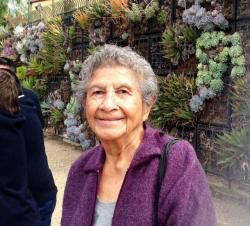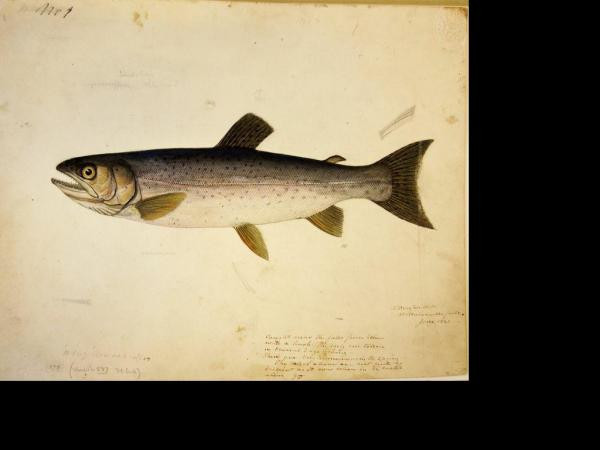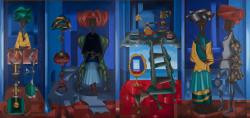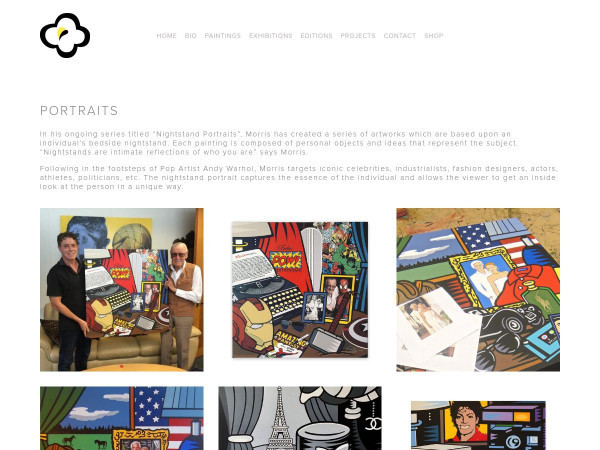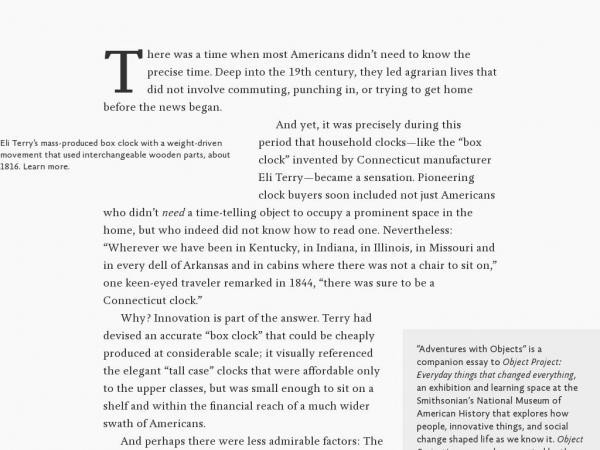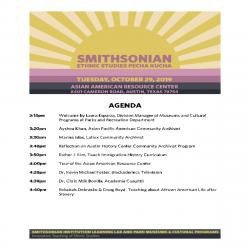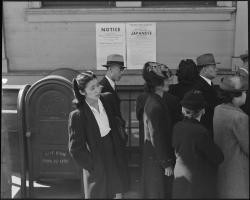Ashley Naranjo
Ashley Naranjo, M.Ed. is a museum educator, specializing in the use of digital resources for teaching and learning. She currently manages distance learning initiatives and education partnerships for the Smithsonian. Portfolio highlights have included: the Smithsonian Quests digital badging program, Smithsonian Online Education Conferences, Smithsonian Learning Lab nationwide teacher professional development, Teachers of the Year programming at the Smithsonian, “Explore with Smithsonian Experts” video series, and Smithsonian print publication guides.
Before coming to the Smithsonian, she has had experiences in education in both formal and informal learning spaces: as an ESOL instructor for adults, a middle school teacher in the humanities and a summer programs administrator. She holds a B.A. in Human Development (Developmental Psychology) from the Lynch School of Education at Boston College, where she was a research assistant and independent study student in the Laboratory of Thinking, Learning & Cognition in the Arts. She completed a M.Ed. in Learning Design and Technology from the Rossier School of Education at the University of Southern California, with a thesis entitled, “Using Digital Museum Resources in the Classroom”. She is a 2019 graduate of the Getty Leadership Institute’s NextGen of Museum Leaders program.
Ashley Naranjo's collections
Learning about the Unconstitutional Deportation of American Citizens in the 1930s through an Individual's Experience: Emilia Castañeda
 Ashley Naranjo
Ashley Naranjo
Learning from Field Drawings: Fish of the Wilkes Expedition (1838-1842)
 Ashley Naranjo
Ashley Naranjo
Learning to Look: Letter from Artist Yasuo Kuniyoshi, after the Japanese Attack on Pearl Harbor
 Ashley Naranjo
Ashley Naranjo
Looking Closely at Surrealist Art: Cundo Bermúdez's "Cinco Figuras"
 Ashley Naranjo
Ashley Naranjo
Manifest Destiny and Westward Expansion through a Historical Painting
 Ashley Naranjo
Ashley Naranjo
Music Innovation: How Technology Has Helped to Change Music Over Time
 Ashley Naranjo
Ashley Naranjo
National Art Education Association Webinar: "Constructing Curriculum with the Smithsonian"
 Ashley Naranjo
Ashley Naranjo
National Letter Writing Day- December 7
 Ashley Naranjo
Ashley Naranjo
Niagara Falls: Investigating Change Over Time with a Body of Water
 Ashley Naranjo
Ashley Naranjo
Pecha Kucha Talks: Ethnic Studies
 Ashley Naranjo
Ashley Naranjo
Photograph Analysis: Dorothea Lange's War Relocation Authority Images
 Ashley Naranjo
Ashley Naranjo
Photograph Analysis: "Moon Man" Image of Buzz Aldrin
 Ashley Naranjo
Ashley Naranjo

